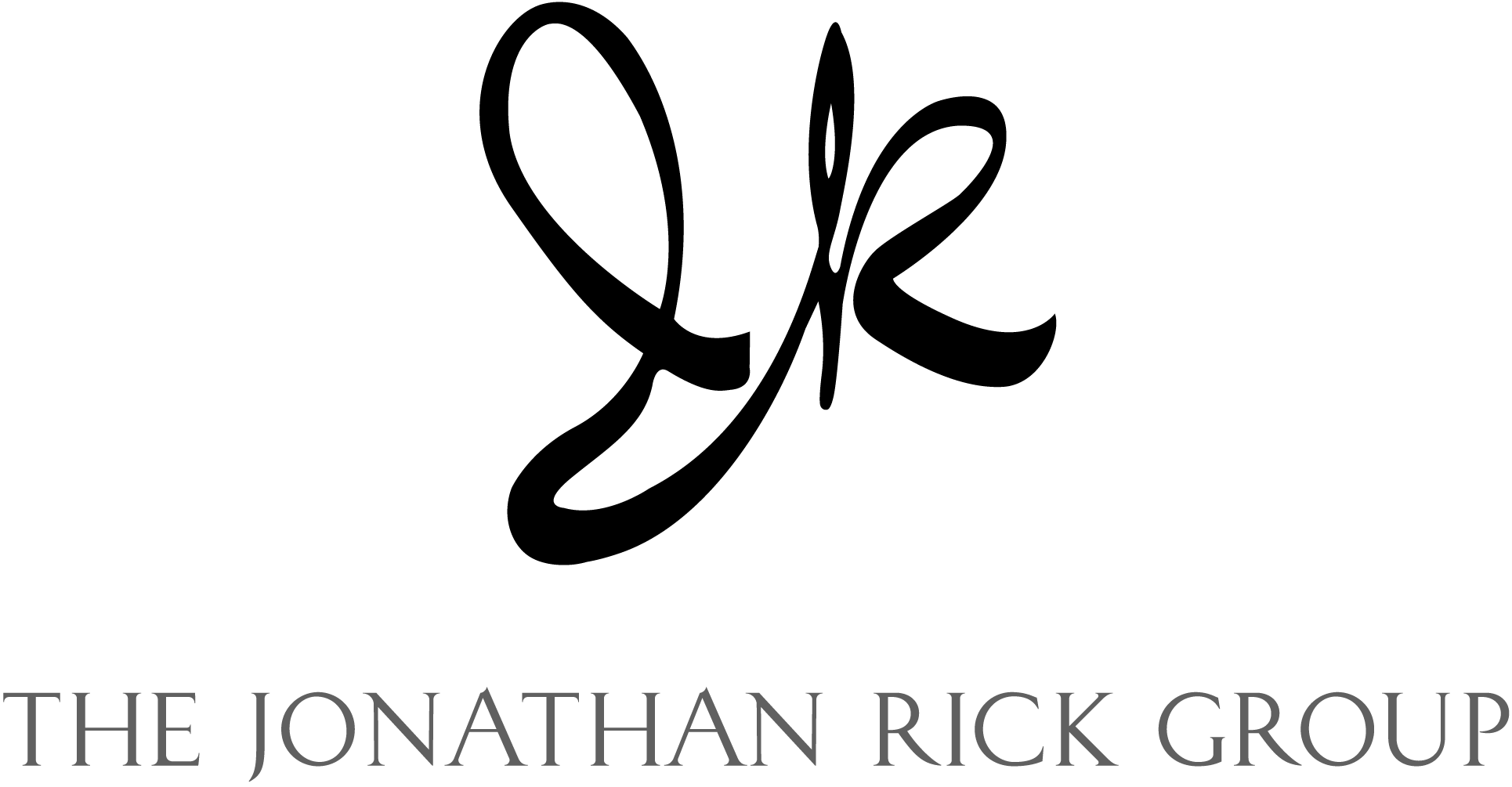Transform your activities into achievements.
If you’re reading this, then I’m willing to wager that you have a résumé. Yet I’m also willing to wager that you’re making a critical mistake on this critical document. In short, I suspect that some of your bullet points cite activities rather than achievements.
That’s understandable. Achievements are tough to articulate, let alone accomplish. Yet if you want your résumé to stand out, then you absolutely need them. Specifically, you need to transform your day-to-day responsibilities into distinctive results.








